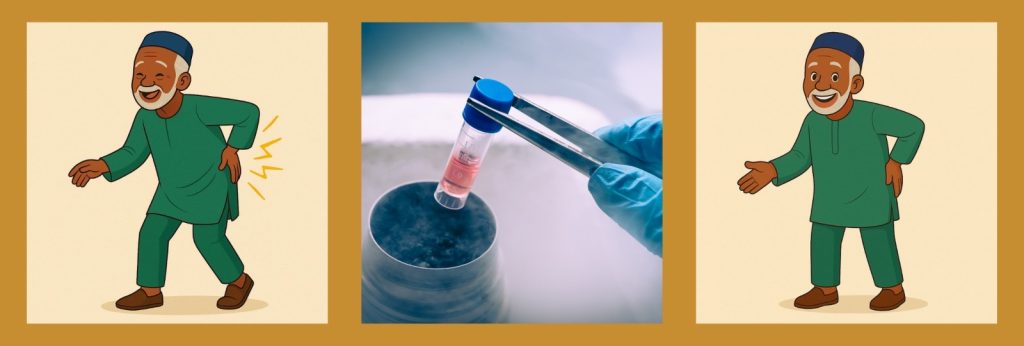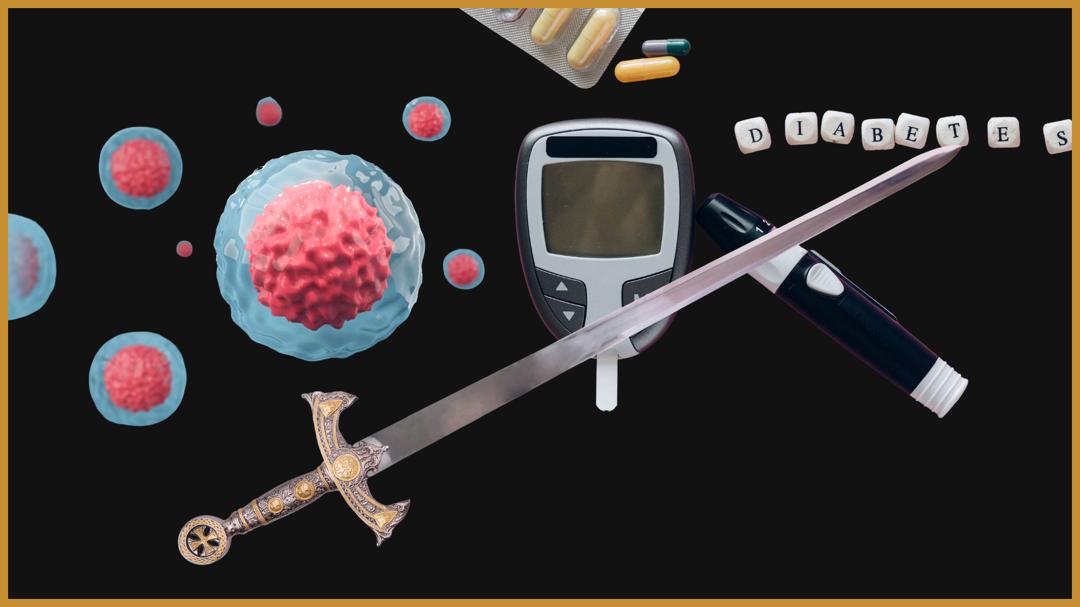
Understanding the Causes of Back Pain
Back pain is one of the most common health concerns, and it can arise from different processes in the body. Recognising the underlying cause helps in choosing the right care.
Mechanical problems
The most frequent. With age, the discs in the spine wear down (lumbar spondylosis), or the small joints at the back of the spine become arthritic, both leading to stiffness and recurring pain. Narrowing of the spinal canal can press on nerves to cause tingling or heaviness in the legs. A slipped disc may press sharply on a nerve to produce the well-known “sciatica.” Even everyday issues like poor posture, muscle strain, or a fall that causes a spinal fracture can bring significant pain.

Inflammatory Conditions
Ankylosing spondylitis or sacroiliitis are examples which trigger pain and stiffness, often worse at night or early morning. Spinal infections, including tuberculosis of the spine, are less common but cause severe, unrelenting pain and can weaken the bone.
Bone Metabolism Problems
Osteoporosis can make bones fragile and prone to sudden painful fractures, while Paget’s disease of bone can produce constant dull pain.
Tumours
Some tumors affect the spine, whether starting there or spreading from elsewhere. They can press on sensitive tissues, causing deep, persistent pain that often worsens at night.
Sometimes the pain comes not from the back itself but from how the body processes signals. In fibromyalgia, the nervous system magnifies ordinary sensations, turning them into widespread pain.
Finally, pain may be referred from other organs. Kidney stones, pancreatitis, or even serious conditions like an aortic tear can cause pain felt in the back. Hip or pelvic problems may also radiate toward the buttock or thigh.
Understanding these pathways helps guide proper treatment—and offers reassurance that back pain, though troubling, often has an identifiable cause and a way forward.
Regenerative Options for Back and Joint Pain
Modern regenerative medicine offers new approaches that focus on repairing rather than only relieving. Two leading options are platelet-rich plasma (PRP) therapy and adult mesenchymal stem cells (MSCs).
PRP is prepared from a patient’s own blood and contains concentrated platelets that release growth factors. When injected into painful joints or injured tissues, these factors encourage healing, reduce inflammation, and improve function. Clinical trials (Medical research)show that PRP can lessen pain and delay the need for more invasive treatments in conditions like osteoarthritis.
Adult Mesenchymal Stem Cells (Mscs), taken from sources such as bone marrow, fat tissue, or umbilical cord, have the unique ability to calm harmful inflammation and support tissue repair. In joint disease, MSCs do not simply replace damaged cartilage; instead, they secrete healing signals that stimulate the body’s own repair processes. Research has demonstrated longer-lasting improvements in pain relief and joint function with MSCs, especially in patients with more advanced disease.
Together, PRP and MSCs represent a shift toward treatments that aim to restore health at the root, offering patients comfort as well as renewed mobility and quality of life.
DR DAVID IKUDAYISI
The CEO of Glory wellness, Nigeria, with branches in Lagos and Abuja.
For further enquiries on the above article, please get in touch with the editor in chief on: anthonyolaore@gmail.com
OR:07033925403: WhatsApp chat only to Tunde olaore.


